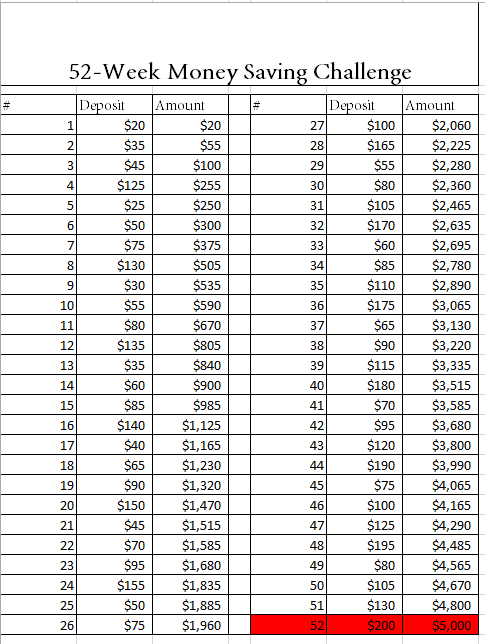
Begin the journey of purchasing your new home with Heartland Bank! We’ll help guide you through the process of securing a new residence for you and your family. Stick with these easy do’s and don’ts and you’ll be on the path to success.
Do:
- Secure a loan before a home: While the hunt for the first house is exciting, your final decision will depend on the mortgage you can secure. Your first step in the home buying search should take place with a loan officer who can assess whether you qualify for a mortgage, and if so, at what price. This provides a framework guiding the search so you don’t expend time and money on houses outside your means.
- Take your time: The average homeowner occupies their house for nine years before relocating, so additional time spent thoroughly searching for homes can reap a decade of benefit. Track trends in the housing market to buy during the most cost-effective season. Weigh personal, important factors beyond price listing, such as neighborhood quality, length of commute, and potential for expansion and home improvement.
- Consult the professionals: The listing agent represents the interests of the seller, not the buyer. As a first-time home buyer, you’ll need as much trusted, unbiased advice as you can garner. Ask friends and family to recommend their real estate agents so you receive counsel from a professional with a track-record of success.
Don’t:
- Look at homes well over your budget: You set a budget for a reason. Stick to it! Paying more than you designated for a home can financially limit you to update and repair as needed. By spending within your originally determined limit, you’ll avoid heftier mortgages and continue to withhold extra funds for any household incidentals.
- Empty savings into a down payment: Securing your mortgage requires a down payment. Putting down less than 20% requires you to buy mortgage insurance. To avoid this added expense, some home buyers drain their savings to cover the down payment upfront. Liquidating your account, however, leaves you without a safety net in the event of job loss or medical emergency. The expense of mortgage insurance is worth the financial cushion you can leave in your account, and you can always eliminate the insurance once you’ve paid off 20% and opt to refinance your mortgage.
- Speed through the closing: The end is in sight, but don’t let the glow of the finish line obscure your view of the paperwork. Review documents with a fine-tooth comb, double check that nothing has been altered in your agreement, and ensure that it describes your understanding of the transaction to a “T”. A day or two of extra analyzing can save you years of headaches!
At Heartland Bank, we offer a number of mortgage options to make securing your home as feasible as possible. To schedule your first meeting with one of our knowledgeable mortgage bankers, give us a call at (515) 352-3181.











 Over 40 million Americans utilize student loans. Across the country that adds up to be over 7 billion dollars in national debt, second only to mortgages. Take another look into your finances with these student loan tips courtesy of Heartland Bank!
Over 40 million Americans utilize student loans. Across the country that adds up to be over 7 billion dollars in national debt, second only to mortgages. Take another look into your finances with these student loan tips courtesy of Heartland Bank!